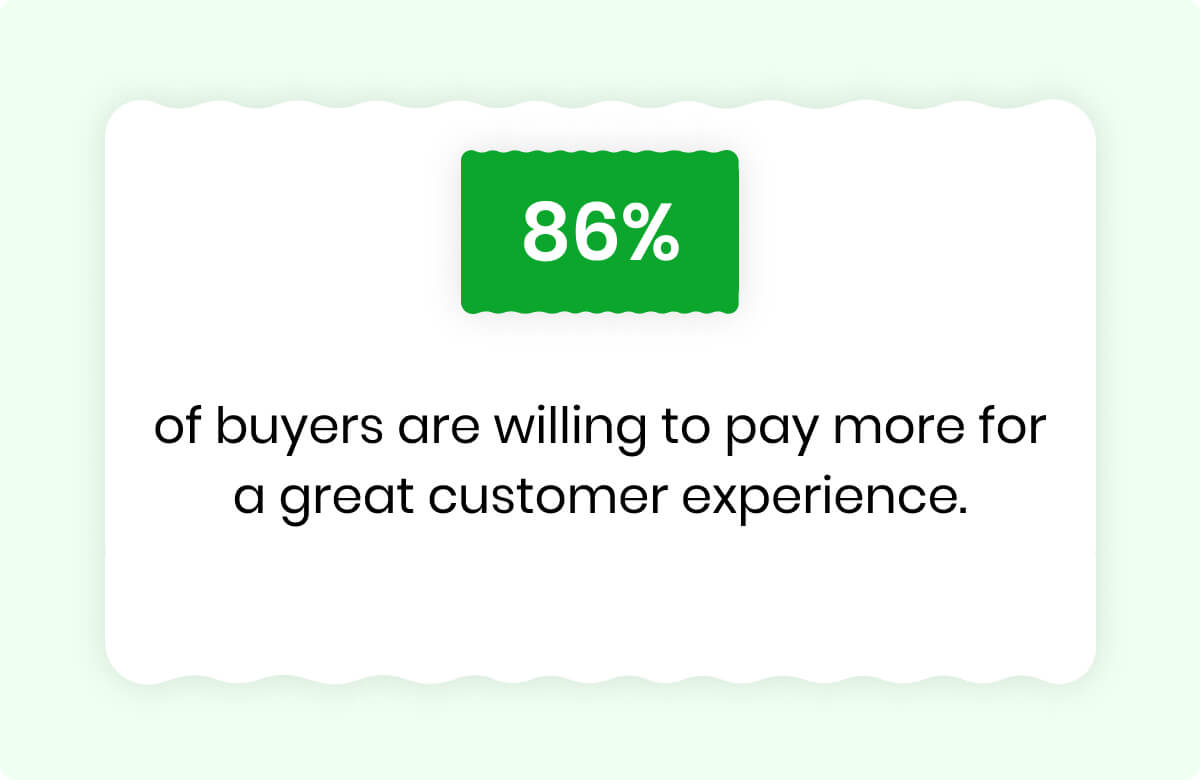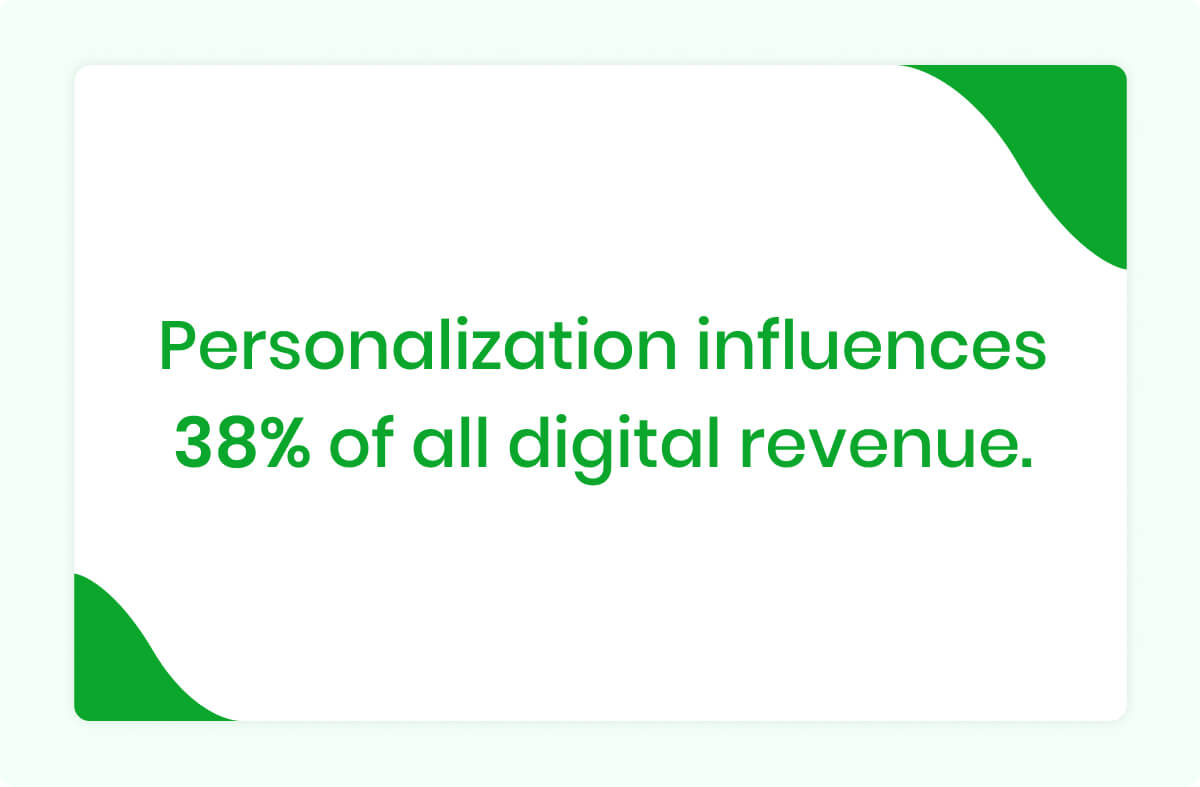 Customer Engagement
, Customer Experience
Customer Engagement
, Customer Experience

30 September, 2023

What is the difference between customer engagement and customer experience? And why does it matter for your business? These are some of the questions that many marketers and business owners are asking themselves in the era of digital transformation and customer-centricity.
In this blog post, I will discuss the concepts of customer engagement and customer experience, how they differ, how they relate, and how they can complement each other to create a loyal and satisfied customer base.
I will also share some of the best tools and practices to enhance your business’s customer engagement and experience strategies. Let’s get started!
Contents
Customer engagement and customer experience are two terms that are often used interchangeably, but they have different meanings and implications. Let’s explore them in more detail:

Customer experience (CX) refers to how customers feel or perceive the whole series of encounters when they buy goods or services or interact with a company. It is not just about the quality of the product or service but also about the emotions, expectations, and memories the customer associates with the company.
Customer experience highly influences customer loyalty, retention, satisfaction, and advocacy. A positive customer experience can lead to repeat purchases, referrals, and positive word-of-mouth.
On the other hand, customers who have a negative and frustrating experience with your brand are more likely to switch to your competitors, share their complaints online, or discourage others from buying from you.
Your business’s performance and growth are also impacted by customer experience. This allows you to reduce costs by increasing customer retention, reducing customer churn, and enhancing customer lifetime value.
According to a study by Forrester Research, companies that excel in customer experience outperform their peers in revenue growth by 5.1 times on average. (Source)
Customer experience can be measured by satisfaction, loyalty, advocacy, or retention metrics. Customer experience can also be influenced by quality, value, convenience, or support factors.

Customer engagement is another key concept you need to know when comparing it with customer experience. Customer engagement, or CE, is the degree of interaction and involvement a customer has with a brand, product, or service across various touchpoints and channels.
It can be influenced by many factors, such as the content, incentives, personalization, or gamification of the product or service, as well as the interactions and communications with the company’s staff or representatives.
Customer engagement affects your customer acquisition, retention, and revenue. Customers engaged with your brand are more likely to buy from you, stay with your business, and refer your products to others.
On the other hand, customers who are not engaged with your brand will ignore, leave, and switch to your competitors.
According to a study by Gallup, companies that successfully engage customers report 50% higher revenue growth, 34% higher profitability, and 55% higher share of wallet than their peers. (Source)
Customer engagement can be measured by metrics such as frequency, duration, intensity, recency, or sentiment of the interactions.
While customer engagement and customer experience are both important aspects of building a successful relationship with your customers, they have some key differences that you need to be aware of:
| Customer Engagement | Customer Experience |
| Customer engagement is proactive. It is about creating and maintaining a dialogue with customers, encouraging them to participate and share feedback while sharing value-added content and offers. | Customer experience is reactive. It is about responding to customer’s needs and expectations, delivering on promises, and resolving issues and complaints. |
| Customer engagement is measurable. It can be quantified by metrics such as click-through rates, social media shares, comments, reviews, referrals, and loyalty programs. | Customer experience is more of a subjective matter. You can asses customer experience by surveys, ratings, testimonials, and sentiment analysis. |
| Customer engagement is more strategic as it is about aligning the brand’s goals and values with the customer’s interests and preferences that benefits both parties. | Customer experience is holistic. It is about ensuring that every touchpoint along the customer journey is consistent, seamless, and satisfying and that the overall impression of the brand is positive. |
| Customer engagement is more transactional and short-term. | Customer experience is focused on creating long-term relations and repeat purchases. |
| Customer engagement is more focused on increasing the quantity and quality of interactions. | Customer experience is more focused on improving the satisfaction and loyalty of customers. |
Despite their differences, customer engagement and customer experience also have some similarities that make them interrelated and interdependent:
Customer engagement and customer experience are not mutually exclusive or competitive concepts. In fact, they can complement each other and create a synergistic effect that can boost your business performance.
Here are some ways in which customer engagement and customer experience can work hand in hand for your business success:
For example, you can use interactive content, such as quizzes, calculators, surveys, polls, chatbots, or assessments, to engage your customers in a fun and personalized way. You can also use these tools to collect valuable data and insights that can help you improve your product or service quality or delivery.
For example, you can use customer satisfaction (CSAT) and net promoter score (NPS) surveys to measure how satisfied and loyal your customers are with your products and services. You can also use these surveys to identify the areas of strength or weakness in your customer experience and to take action to improve them.
For example, you can use analytics tools, such as Google Analytics, to track and analyze the behavior and preferences of your customers on your website or mobile app. You can also use these tools to optimize your website or mobile app design, layout, content, or functionality to enhance your customer experience.
For example, you can use gamification techniques, such as points, badges, leaderboards, or rewards, to make your customer interactions more fun and rewarding. You can also use these techniques to increase customer retention, referral, or revenue.
Now that you understand the differences and similarities between customer engagement and customer experience, how can you improve them for your business? Here are some of the best tools that can help you create a more engaging and satisfying experience for your customers:
REVE Chat is an AI-powered omnichannel customer engagement platform that offers live chat, chatbot, co-browsing, video chat, and voice call solutions. REVE Chat can help you engage your customers in real time, provide personalized and proactive support, and increase conversions and retention.
REVE Chat also has advanced features such as screen sharing, department management, auto triggers, visitor analytics, queuing, and a fully customizable chat banner.
This customer service tool is easy to install and integrate with your website and other platforms like Facebook Messenger, WhatsApp, Viber, etc.
Pros:
Cons:
Google Analytics is a widely used and free web analytics tool that helps you measure and understand your website and mobile app performance. Google Analytics can help you track and analyze various metrics such as traffic sources, user behavior, conversions, goals, events, and more.
You can also optimize your website or mobile app design, layout, content, or functionality to enhance your customer experience with the help of Google Analytics. This tool has received positive reviews from its users for its comprehensive and customizable reports, data visualization features, and integration with other Google products.
Pros:
Cons:
HubSpot Service Hub is a customer service software that helps you, onboard customers, provide efficient customer support, and deepen your relationships with customers. HubSpot Service Hub has various features such as customer feedback software, knowledge base software, live chat software, chatbot builder, ticketing system, reporting dashboard, and more.
HubSpot Service Hub can help you deliver consistent and seamless customer service across all channels and platforms. HubSpot Service Hub has received positive reviews from its users for its ease of use, automation capabilities, and integration with other HubSpot products.
Pros:
Cons:
Outgrow is an interactive content platform that allows you to create quizzes, calculators, surveys, polls, chatbots, or assessments that can engage your customers in a fun and personalized way.
Outgrow can help you generate leads, educate prospects, collect feedback, segment audiences, or increase conversions. It also has features such as templates, analytics, integrations, branding options, and more.
Pros:
Cons:
Zendesk is a cloud-based software suite that offers solutions for customer service, support, engagement, and CRM. Zendesk can help you manage, track, and resolve customer queries across multiple channels such as email, phone, chat, social media, or self-service portals.
This tool also has automation, collaboration, reporting, analytics, and more features. Zendesk has received positive user reviews for its functionality, scalability, and integration options. However, some users have also reported issues with its pricing, complexity, and bugs.
Pros:
Cons:
Customer engagement and customer experience are two essential concepts that you need to understand and master for your business success. They have their differences and similarities. However, when you can make them work together, they will bring spectacular results for your business.
I hope this blog post has helped you understand the difference between customer engagement and customer experience, how they relate to each other, and how they can benefit your business. Thank you for reading!